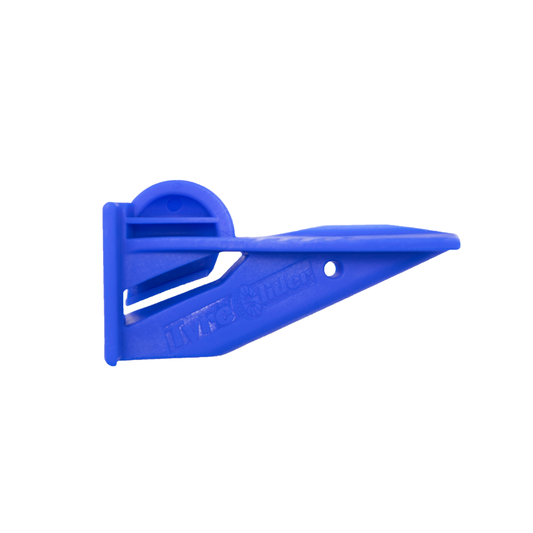sahy-kuhl-ing ai-ruh-dah-nam-iks
Noun, Adjective
The study of air flow around a cyclist to reduce drag and improve performance.
Example usage: I'm looking into cycling aerodynamics to increase my speed on the course.
Most used in: Cycling competitions and events around the world.
Most used by: Competitive cyclists and triathletes.
Popularity: 8/10
Comedy Value: 3/10
Also see: Aero Wheel, Aero Position, Air Resistance, Wind Tunnel Testing,
What Is Cycling Aerodynamics?
Cycling aerodynamics is a term used to describe the science of reducing air resistance in cycling. Air resistance, also known as “drag”, is the force created by the air when a cyclist moves forward. This force can be reduced by using a variety of cycling aerodynamic techniques such as drafting, wheel covers, and aerodynamic frames and helmets.
Drafting is a popular technique used by cyclists to reduce drag. This involves riding behind another cyclist in order to take advantage of the reduced air pressure produced by the leading cyclist. Wheel covers also help reduce drag by providing a smoother surface for the air to move over. Aerodynamic frames and helmets can also be used to reduce air resistance by allowing the air to flow more efficiently around the cyclist.
According to studies, aerodynamics can improve a cyclist’s performance by up to 6-9%. This can be a significant advantage in competitive cycling events where fractions of a second can make a difference. Therefore, cycling aerodynamics is an important factor in helping cyclists achieve their best performance.
.Exploring the Origins of Cycling Aerodynamics
The term “cycling aerodynamics” has been used since the early 20th century to describe the effects of air resistance on cyclists. The concept of cycling aerodynamics was first discussed in publications such as the British “Cycling” magazine in the 1930s, and the French “Le Cycliste” in the 1950s.
The term “cycling aerodynamics” was first used to describe the effects of air resistance on cyclists in the early 1940s by French cycling coach Pierre Baudoin. Baudoin, who was also a member of the French Cycling Federation, was the first to publish a book on cycling aerodynamics in 1943.
The term “cycling aerodynamics” was further popularized by the American cyclist and aerodynamicist George Mount in the 1950s. Mount conducted wind tunnel tests on cyclists and published a book on the subject in 1956. This book was one of the first to discuss the effects of air resistance on cyclists and the importance of aerodynamic position and equipment.
The term “cycling aerodynamics” is now widely used to describe the effects of air resistance on cyclists and the importance of aerodynamic position and equipment. It has become an essential part of any cyclist’s training and is used by professional cyclists and amateur cyclists alike to improve their performance.












